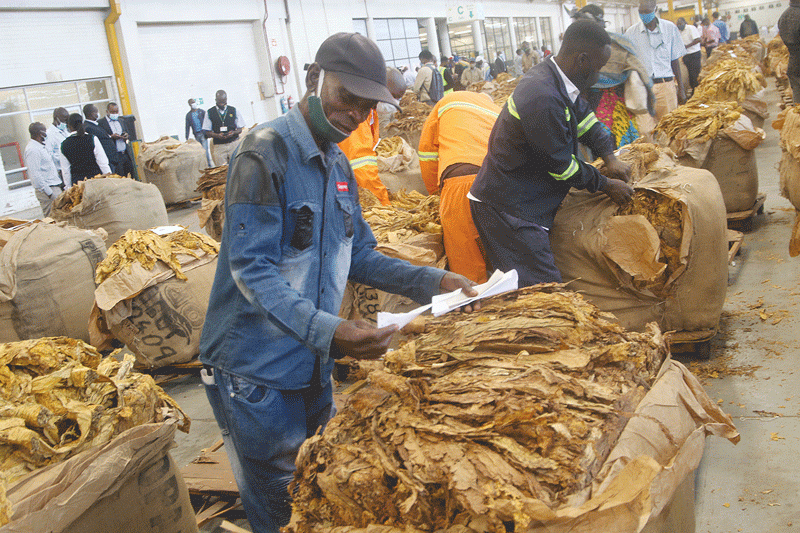
ZIMBABWE avocado exports last season exceeded projections, reaching 8 180 tonnes, according to the Horticulture Development Council (HDC).
Avocados, among an array of horticultural products, offer a viable solution for local exporters who are looking at increasing their export earnings.
In Zimbabwe, avocados are being commercially grown in the Eastern Highlands, with export prospects to the rest of Africa, Europe and Asia, according to ZimTrade, the country’s export trade promotion body.
The southern African country is the fifth largest exporter of avocados in Africa, according to Trade Map.
HDC chief executive officer Linda Nielsen told NewsDay Farming that the country exported 5 180 tonnes of first-grade fruit last year. An additional 3 000 tonnes of the second grade were exported for oil production.
“Zimbabwe avocado export season has exceeded production estimates. The 2022 season has seen on average across the sector a pack out or recovery percentage of 60-70%,” Nielsen said.
“This could have been higher but due to the unforeseen heavy influx of Peru fruit into the European Union, most producers reluctantly had to slow down on picking in anticipation of better pricing later in the season. However, as a result this extends the harvesting season thereby exposing fruit to unfavourable conditions such as ripening, insect damage and some physiological damage.”
Nielsen revealed that Zimbabwe can expect an upward trend in avocado production in the medium term, with 400 hectares of newly-established plantations coming into production with a conservative yield of 12 tonnes per hectare. She said an additional 4 800 tonnes could be expected bringing up a total of nearly 10 000 tonnes of fruit exported by the year 2025.
- Mavhunga puts DeMbare into Chibuku quarterfinals
- Bulls to charge into Zimbabwe gold stocks
- Ndiraya concerned as goals dry up
- Letters: How solar power is transforming African farms
Keep Reading
She indicated that 4 500 tonnes of blueberry crop from about 500 hectares were exported last year, adding that 230,6 hectares of blueberry output were anticipated this year, with 6 500 tonnes expected to be exported.
“Majority of the increase in volume will be coming from orchards maturing rather than new plantings. Progress has been slower than expected due to economic constraints, as well as the increase in costs of production and the decrease in the returns per kg,” Nielsen said.
Blueberry sales are expected to generate US$16,3 million in revenue.
Citrus growers shipped 57 283 tonnes in 2022. This included lemons, grapefruit, soft citrus, and oranges. As of December 2022, there were 4 193 hectares under production, of which plus or minus 2 600 hectares were under three years old.
She predicted that there will be very little, if any, growth in planted hectareages in 2023 pointing out that any volume increase will come from the current orchards.
“The coffee sector is ideal for small-scale farmers due to the reduced pest management required being a dry product. Small-holder coffee growers in Zimbabwe are aggregated and partner with commercial farmers to take advantage of bulk supply pricing. This is a good example of a working hub and spoke model,” Nielsen said.
“Coffee production becomes viable when quantities and quality are consistently high enough to satisfy premium-paying specialty customers.”
The HDC chief said the Zimbabwean flower industry had a very difficult year.
“Many of the factors influencing the performance of flower businesses have not been positive for business in the period under review. Some of these factors are international trends while others are conditions that are unique to Zimbabwe,” she said.
”Any increase in exports in the upcoming season will be volume increase on hectares already planted, there will not be much new production in the upcoming season due to the current environment.”
Nielsen said they were anticipating a decline in annual crops this year as a result of intermittent power outages, high input costs, among other difficulties.
Zimbabwe is currently facing major power outages, with people and businesses going without electricity for more than 18 hours per day.
Production costs have reached unaffordable levels as a result, which has forced exporters and producers to utilise generators for up to 18 hours each day.
The horticultural sector needs uninterrupted power for running cold rooms to keep the cold chain intact; pumping water to irrigate crops during the day; and powering pack sheds for conveyors, heat sealers, potable water, scales, and computers, among other things.
“We are expecting a decrease in annual crops, for example pea planting for the upcoming season will be less than half of last season,” she told NewsDay Farming.
She stated that pea exports are anticipated to fall to 169 hectares this year for the associations under the HDC.
Among Zimbabwe's top 10 horticultural exports are tea and coffee, citrus, nuts, vegetables, berries, flowers and deciduous fruit.











